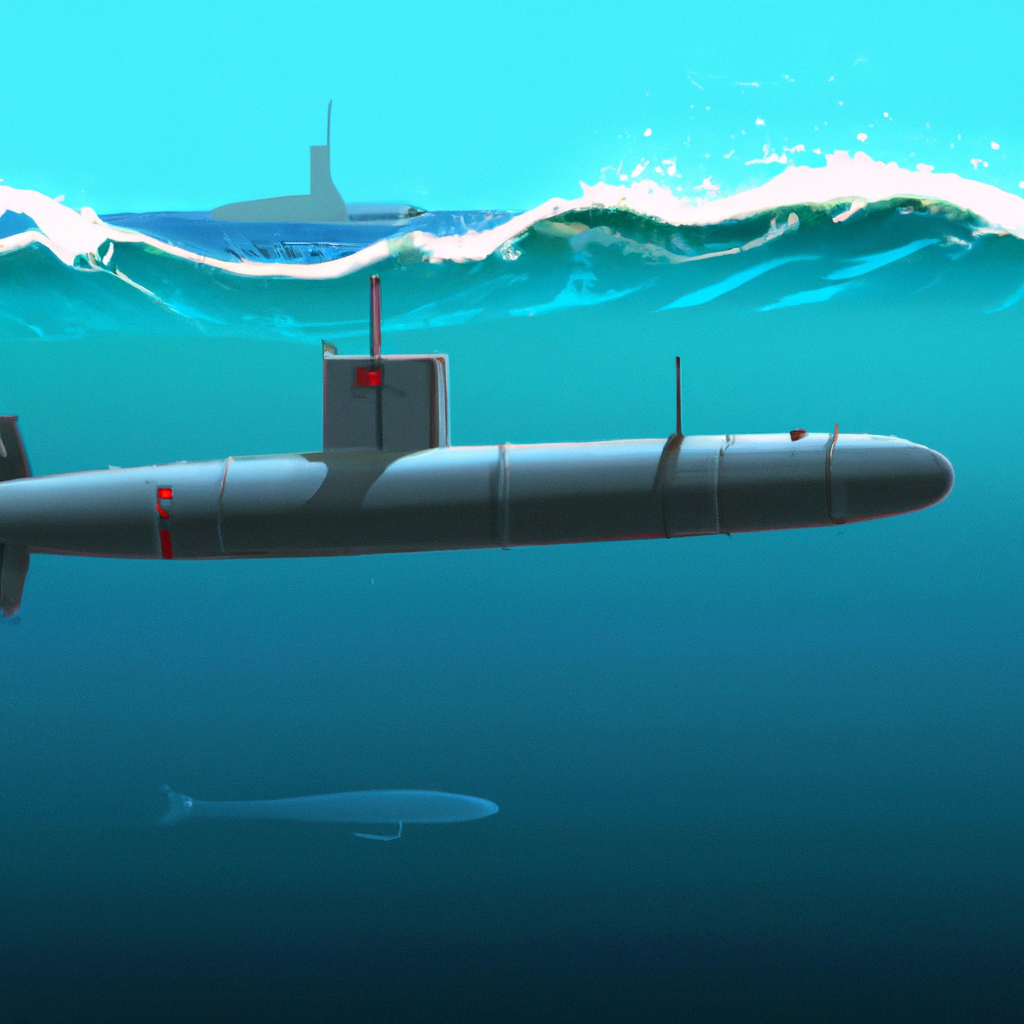A submarine is an underwater vehicle or submersible that is designed to operate underwater. It is a type of marine technology that has revolutionized deep-sea exploration. Submarines are designed to operate in various conditions, from shallow waters to the deepest parts of the ocean. The science of submarines involves a complex system of underwater mechanics and engineering, which allows them to navigate through water. In this article, we will explore how a submarine works and the technology behind it.
How Does a Submarine Work?
A submarine operates by using a combination of buoyancy, propulsion, and underwater navigation. It is designed to be neutrally buoyant, meaning it can float or sink at will. This is achieved by using ballast tanks, which can be filled with water to make the submarine sink or emptied to make it rise. The ballast tanks are located at the bottom of the submarine and can be controlled by the crew.
Propulsion is another essential aspect of how a submarine works. Submarines are powered by nuclear reactors, diesel engines, or electric motors. The most common type of submarine propulsion is nuclear power, which allows the submarine to operate for extended periods without refueling. The nuclear reactor generates heat that is used to create steam, which drives a turbine and propels the submarine forward.
Underwater navigation is another crucial aspect of how a submarine works. Submarines use sonar to navigate through water and detect other vessels or objects in the ocean. Sonar works by sending out sound waves that bounce off objects and return to the submarine. The submarine’s computer system then analyzes the sound waves to determine the distance, direction, and size of the object.
The Science of Submarines
The science of submarines involves a complex system of underwater mechanics and engineering. The design of a submarine is critical to its operation and safety. Submarines are designed to withstand the extreme pressure of the ocean depths and protect the crew from the harsh underwater environment.
The hull of a submarine is made of steel and is designed to be incredibly strong. The pressure at the bottom of the ocean can reach up to 16,000 pounds per square inch, which is equivalent to the weight of a large elephant on a postage stamp. The hull of a submarine must be able to withstand this pressure and protect the crew from the effects of decompression sickness.
The submarine’s propulsion system is also critical to its operation. The nuclear reactor is the most common type of propulsion for submarines because it allows them to operate for extended periods without refueling. The reactor generates heat that is used to create steam, which drives a turbine and propels the submarine forward. Submarines also use battery-powered electric motors when they need to operate silently.
Underwater Mechanics
Underwater mechanics is the study of how objects move and interact with water. It is essential to the design and operation of submarines. Submarines use hydrodynamics to move through water efficiently. The shape of a submarine’s hull is designed to reduce drag and increase speed. The propeller is also designed to be highly efficient, allowing the submarine to move through water with minimal energy.
Deep Sea Exploration
Submarines have revolutionized deep-sea exploration. They allow scientists to explore parts of the ocean that were previously inaccessible. Submarines can dive to depths of over 6,000 meters and allow scientists to study deep-sea creatures and geology. They can also collect samples and conduct experiments in the ocean’s depths.
Conclusion
Submarines are a remarkable example of marine technology. They have revolutionized deep-sea exploration and allowed scientists to study parts of the ocean that were previously inaccessible. The science of submarines is complex and involves a combination of underwater mechanics, engineering, and navigation. Submarines operate by using a combination of buoyancy, propulsion, and underwater navigation. They are designed to be neutrally buoyant, powered by nuclear reactors, and use sonar to navigate through water. The design of a submarine is critical to its operation and safety, and it must be able to withstand the extreme pressure of the ocean depths. Submarines have opened up a world of possibilities for ocean exploration and continue to be an essential tool for scientists and researchers.







